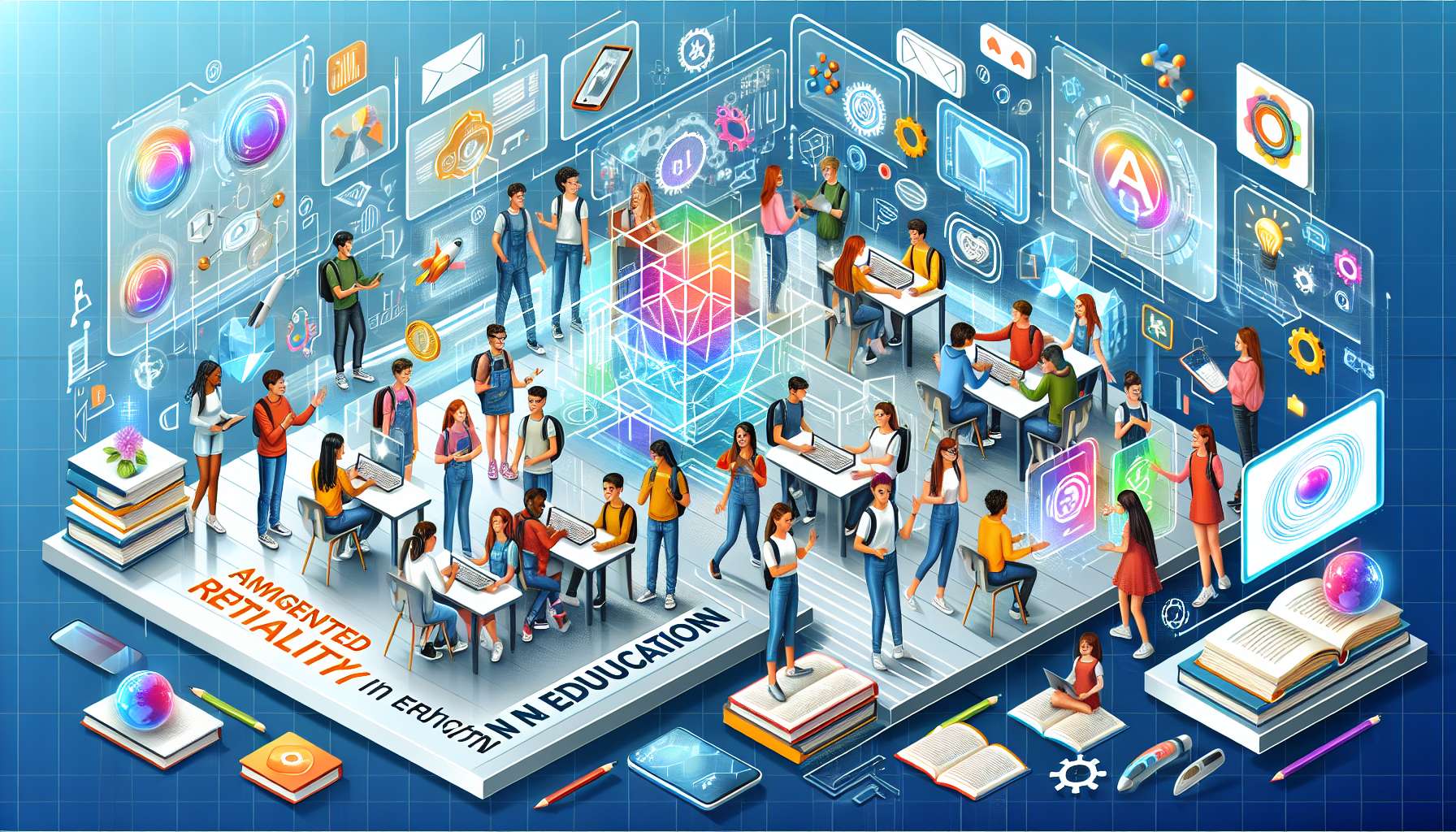The Role of Augmented Reality in Education
Augmented Reality (AR) is revolutionizing the way we perceive and interact with the world around us. In recent years, this cutting-edge technology has found its way into the education sector, offering a myriad of opportunities to enhance classroom learning experiences.
Enhancing Engagement and Interaction
One of the key benefits of incorporating AR into education is its ability to enhance student engagement and interaction. By overlaying digital content onto the physical world, AR brings learning to life in a way that traditional methods cannot. Students can interact with 3D models, simulations, and animations, making complex concepts easier to understand and retain.
Personalized Learning Experiences
AR technology allows for personalized learning experiences tailored to individual student needs. Educators can create interactive lessons that cater to different learning styles, ensuring that each student receives the support and resources they require to succeed. This level of customization can lead to improved academic performance and increased student motivation.
Real-World Applications
AR provides students with the opportunity to apply their knowledge in real-world scenarios. For example, medical students can practice surgical procedures in a simulated environment, while history students can explore ancient civilizations through interactive AR tours. By bridging the gap between theory and practice, AR helps students develop critical thinking and problem-solving skills.
Collaborative Learning Opportunities
AR fosters collaborative learning by enabling students to work together on projects and activities in a shared digital space. This promotes teamwork, communication, and creativity, essential skills for success in the 21st century. Students can collaborate on group assignments, solve problems collectively, and engage in peer-to-peer learning experiences.
Preparing Students for the Future
By integrating AR into education, schools are preparing students for the future workforce, where technology plays an increasingly prominent role. Familiarizing students with AR early on equips them with valuable digital skills that are in high demand across various industries. As AR continues to evolve, students who are proficient in this technology will have a competitive edge in the job market.
Conclusion
Augmented Reality has the potential to transform classroom learning by making it more engaging, interactive, and personalized. By leveraging AR technology, educators can create immersive learning experiences that cater to diverse student needs and prepare them for success in an ever-changing world.








